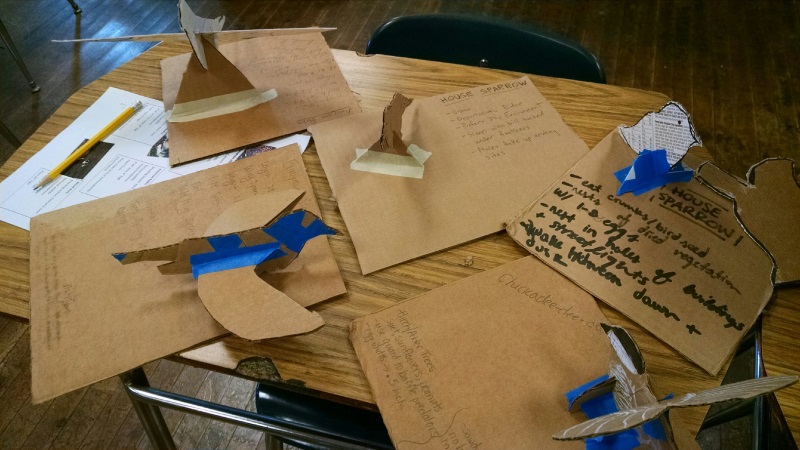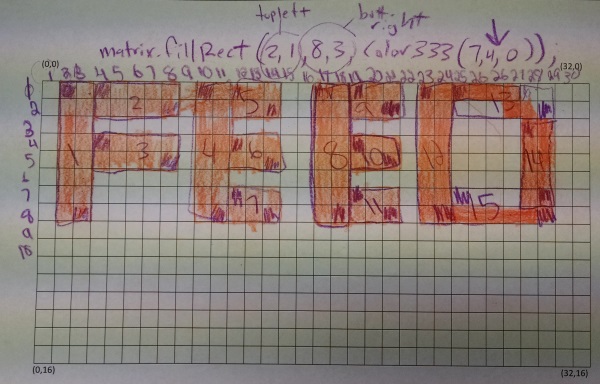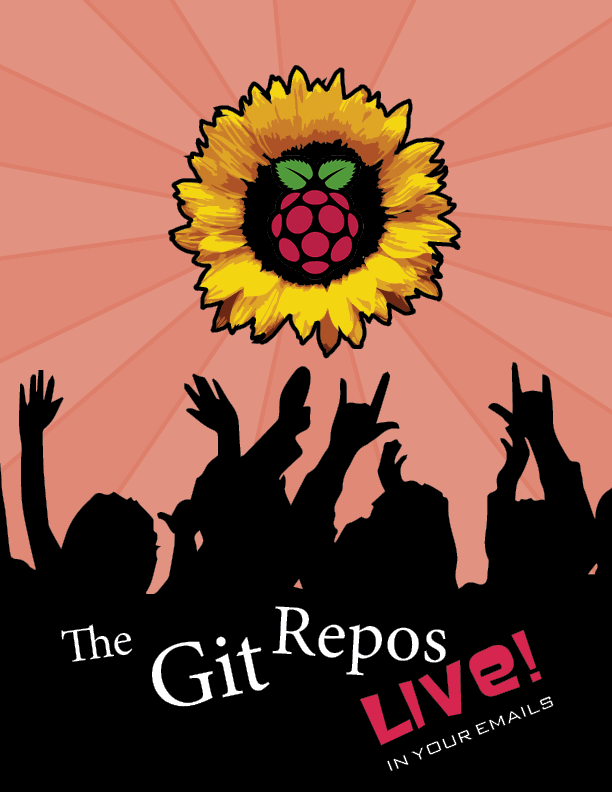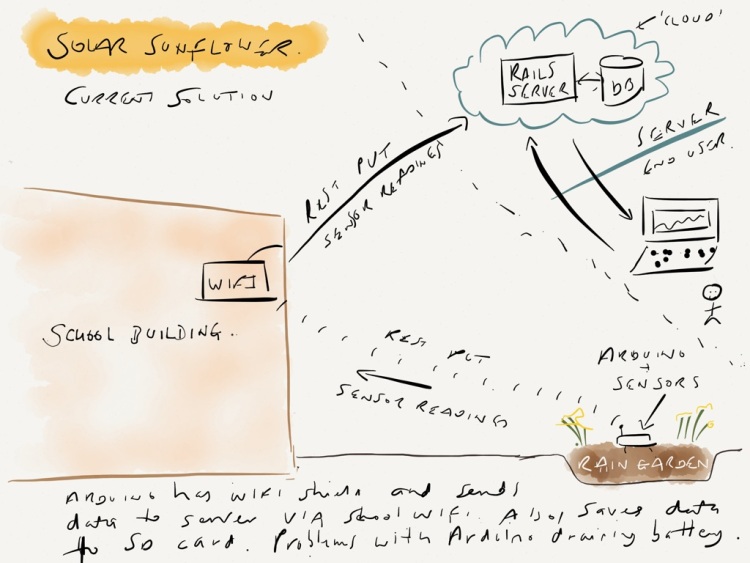Thinking Outside of the (Cardboard) Box
Ninth grade students at Science Leadership Academy’s Beeber campus began the challenge this week of creating their own solar-powered, video-capturing, soil-moisture monitoring bird houses—and maybe even a few bat boxes. Each unit will be equipped with its own Arduino/Raspberry Pi device that will harness the solar power and use WiFi to transmit soil-moisture data and a live “peep show” (get it, because they’re birds?) courtesy of the infrared camera, allowing students to observe the birds inside. As if all of the technical aspects weren’t enough to consider, the students also have to be aware of what kind of birds they’re building for, and choose their houses’ specifications accordingly.
So this week, in becoming aware of their tenants, the students crafted cardboard to scale models of their birds of choice with the help of Alex Gilliam, director of the organization Public Workshop (which collaborates with youths and their communities to help them shape the design of their cities through workshops and leadership programs). And check out the results!
Here we have a few American Robins, a few House Sparrows, and one American Chickadee. Some students also scaled cardboard models of starlings, bluebirds, and bats.
Gilliam encouraged the students to account for both the size of their birds with their wings at their sides and fully spread. They’re each taped to a cardboard sheet inscribed with pertinent information—things like diet, preferred habitat, and how they prefer to nest.
Next week the students will start modeling cardboard prototypes of their birdhouses/bat boxes for their cardboard creatures in order to get the designs perfect for the final products.






